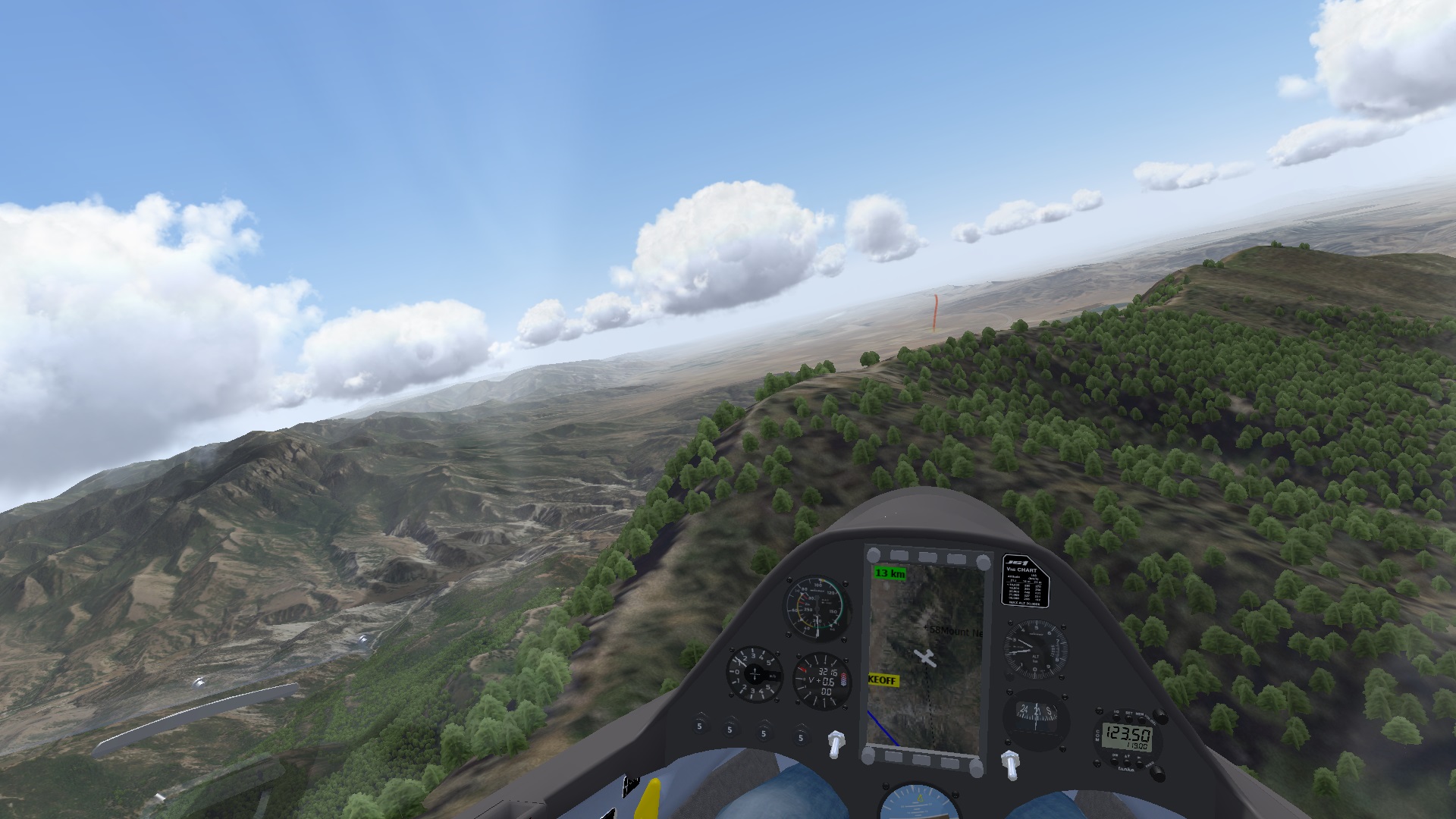
obj files contain relatives coordinates, the tool It can also help translate objects from one landscape's coordinate system toĪn other's. obj files, which contains theĬoordinates, dimension and orientation of objects in the landscape. obj filesĬondor_obj_file_tool.py converts Condor's. condor_obj_file_tool.py for processing Condor 2. Import forests with the Landscape Editor. The OSM step to tXXYY.bmp and converts them to dds files Texture BMP tiles (XXYY.bmp) with the water BMP tiles (aXXYY.bmp) from run WaterAlpha on Working/Terragen/Textures/ to combine the generated.generate textures tiles with create_landscape.py -c config.json textures.Or you can rip data from mapping services with sasplanet (z17, EPSG 3785). You can get DOPs (resolution 1m or better) from the local administration, download textures and stitch them to a large GeoTIFF.import forest tiles in the LandscapeEditor.generate forests and water tiles and the thermal map with.download OpenStreetMap data for your coverage (.osm files), for example.It creates the landscapeĭirectory with a directory tree that is the foundation for the next steps. To create a new landscape in the LandscapeEditor. trn file from the data with RawToTrn (further instructions convert terrain data with create_landscape.py -c config.json heightmap.download DEM data from USGS EarthExplorer.I've included theĬonfig.json of the EastGermany map as an example. (UTMTools.exe) and put them into the config.json. Should a bit larger than the final landscape) and exact UTM coordinates

decide on an approximate area of coverage (in WGS-84 coordinates,.The rough workflow with the tool (please refer to the Landscape Guide for Patience: some of the rendering steps can take days for large areasįirst adapt create_landscape.py to your installation (QGIS directory etc).

What you're left to do is placing airports and objects, maybe fixing up some


 0 kommentar(er)
0 kommentar(er)
